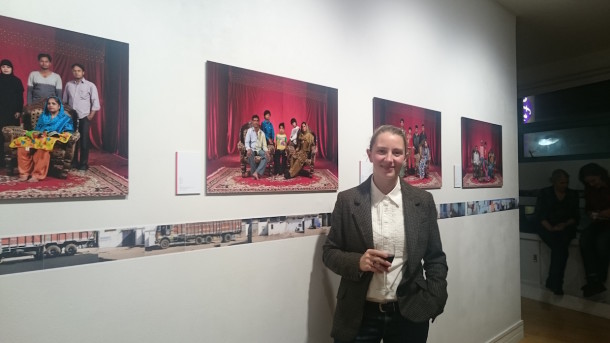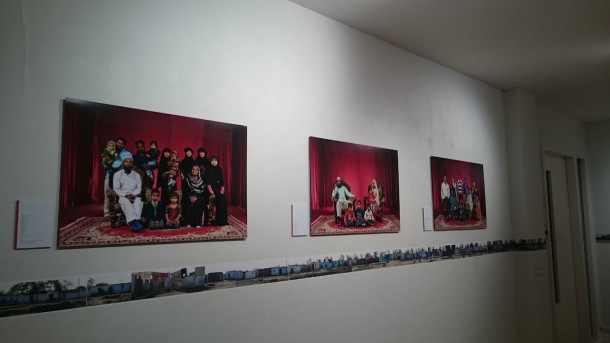Arts contributor Gargie Ahmad went along to the opening of the latest Photofusion exhibition, Bhopal: Facing 30 by Francesca Moore, which considers the site of the 1984 Bhopal gas disaster today and the people who continue to be affected thirty years on.

On the night of 2 December, 1984, a devastating gas leak occurred in Bhopal, a city in central India, from a pesticide plant operated by Union Carbide India Limited. Safety systems to prevent such a leak were not operational at the time. It later came to be known as the world’s worst industrial disaster: 8,000-12,000 people are thought to have died from exposure to the toxic methyl isocyanate gas and other chemicals, which over 500,000 people were exposed to.
Since 1984, some estimate that 25,000 people have since died as a result of this exposure, and that over 120,000 people remain afflicted by ailments caused by the accident, and the subsequent pollution. Bhopali residents and activists are still struggling with the Indian government and Dow Chemical Company over compensation claims, which acquired Union Carbide in 2001.
Until 4 of December this year, encompassing the 31st anniversary of this awful disaster, Photofusion photography centre in Brixton is hosting a photographic project by documentary photographer Francesca Moore, called Bhopal: Facing 30. Portraits of people and families living in Bhopal today are portrayed, alongside photographs of the site of the accident. I went along to the launch event to find out more about the people in the pictures, and their powerful stories.
A series of family portraits represents people who live near the plant site. All of the families are under the poverty line, and all are registered to receive health treatment from the Sambhavna Trust Clinic, as so many in Bhopal face health issues related to the industrial disaster. The pictures are formal family portraits, reflecting the dignity with which the families wish to be represented. It is very important to Francesca to relay the message that the people of Bhopal are not victims, but survivors; any representation should reflect their resilience.
This Photofusion exhibition is the first time Francesca has displayed photos of the boundary wall surrounding the site of the pesticide plant as it stands now. These photos follow the walls of the Photofusion space. Although this wall is supposed to separate where it is safe to go, and where it is not, it is in such a state of degradation that children clamber through the holes and play cricket beside it. Alongside the exhibition, Francesca explores the families’ stories from Bhopal in a book of the same name, which was published last year.
At the event, I spoke to some Brixton residents about what had brought them to the exhibition, and how it had struck them. Matti Love remembers the Bhopal disaster unfolding on the news in his teens, and found it interesting to follow the stories of people 30 years on through the exhibition. Fellow photographer Ellie Laycock found that the exhibition was very pertinent, exploring themes of colonialism and its legacy, and social justice today. The photos are in the style of traditional Indian portraiture, art produced under British rule; but residents of Bhopal were still fighting for full compensation for the effects of the disaster, and their struggle also strikes a chord with how people in different parts of the world are trying to hold corporates to account on social responsibility.
Bhopal: Facing 30 has exhibited in Italy, the Netherlands, and at various places around London. Bhopal: Facing 30 is on at Photofusion until 4th December, 2015. Find out more about the project on the exhibition blog.








[…] the screening this weekend. Her project, ‘Bhopal: Facing 30’ was recently exhibited at Photofusion Gallery in Brixton. Families from Bhopal are represented in striking photographs in the style of formal […]